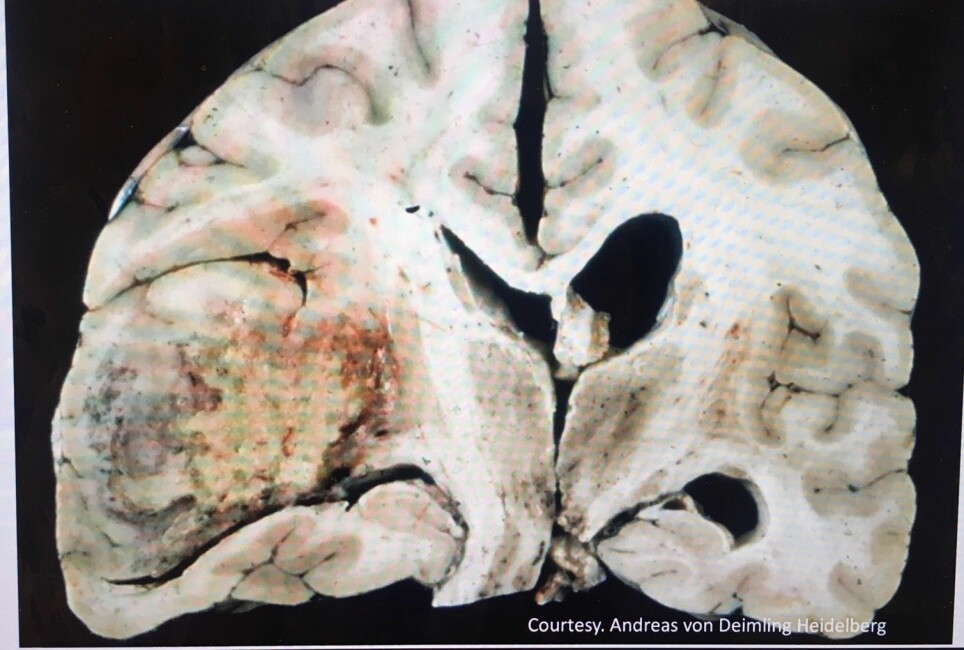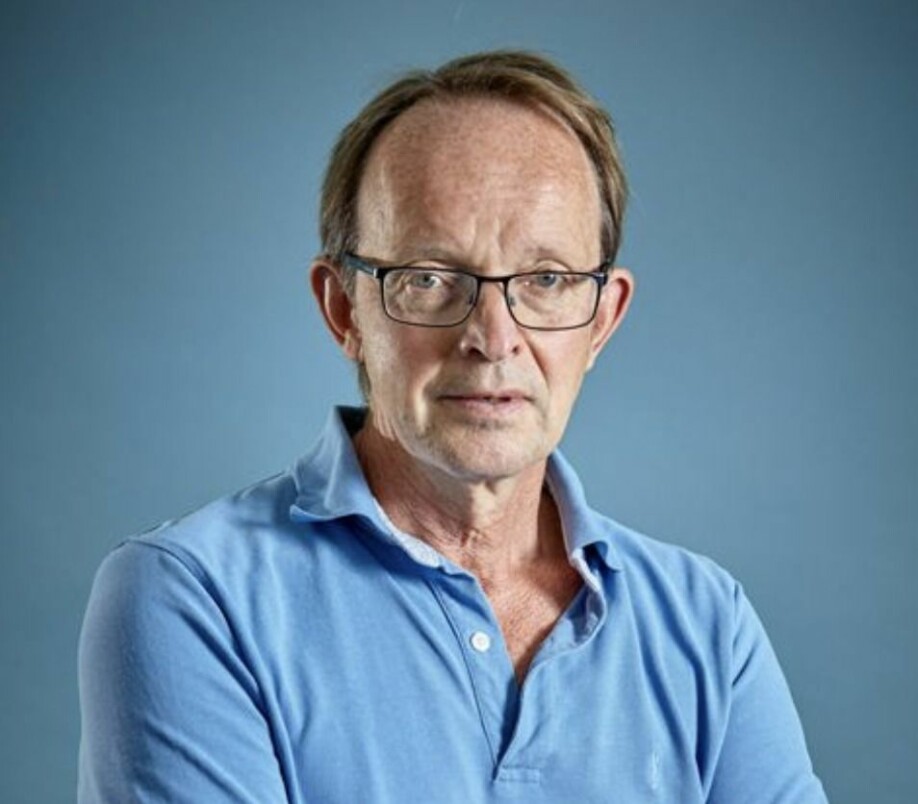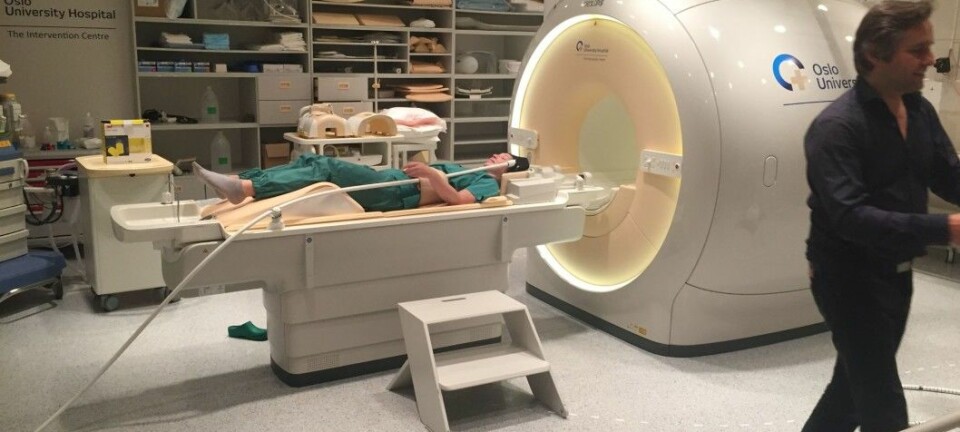
Living micro-tumours grown outside the body could cure brain cancer
The scientists print out cancer cells and test hundreds of medications to see what works for every single tumour. “Only personalized treatment can increase survival for brain cancer-patients,” says Norwegian cancer researcher.
While survival rates have gone up for many other types of cancer, the same can’t be said for glioblastoma. Only five per cent of patients that are diagnosed with this deadly and aggressive form of brain cancer, are alive five years after being diagnosed.
“We haven’t been able to increase their survival for the last 20 years. More personalized treatment is needed, and that means we need to invest in more technology and research,” says Rolf Bjerkvig. He’s done research on brain cancer treatment for 40 years, ever since he was a newly minted cell biologist.
Four reasons for poor outcomes
“Treating glioblastoma is incredibly complicated for several reasons,” says Bjerkvig.
First the scientists need to assess if the patient is a candidate for surgery. This depends on where in the brain the cancerous tumour is located.
This cancer however grows in a way that infiltrates the brain, which makes it difficult to remove the tumour completely. Cancerous cells are often found in other parts of the brain than where the main tumour is located.

The blood-brain barrier causes trouble
Your brain is protected by a blood-brain barrier. It stops unwanted substances in your blood from reaching your brain. But the barrier also stops a great number of medications, like those that could treat a brain tumour.
"It has also been found that these tumours over time grow resistant to treatment", says Bjerkvig.
The fact that one brain tumour is quite often genetically different from another, is also a challenge.
This is why a medication that works for one patient, is completely inefficient for a number of other patients. The tumours simply aren’t the same, genetically speaking, explains Bjerkvig.
One way to personalize treatment is to sequence the tumours DNA. That way the scientists can try to find the right drug for each and every tumour.
“But the information we’re left with is very complex, and finding the right treatment is often difficult,” says Bjerkvig.
Living micro-tumours outside the human body
Another method that has shown promise in trials in Luxembourg, is to simply test a great number of treatments against every unique tumour.
The scientists grow hundreds of living micro-tumours using the tissue of every single patient, right after the tumour has been removed through surgery.
These are subjected to hundreds of different types of cancer combatting drugs. This way the scientists can see which drug will be to the most help for each individual patient.
Bjerkvig calls it a possible personalized treatment for every single patient.
The method is developed in South-Korea, but is in use in Luxembourg, Strasbourg and Mannheim. The technology required to put it to use, is expensive. Bjerkvig hopes that the same technology could be put into use in Norway, if funding is made available.
The Norwegian Cancer Society is currently focusing its fund raising efforts towards cancer forms that have a low rate of survival.
Bjerkvig says this is important and admirable work.
“The Norwegian Cancer Society are doing important work in prioritizing the 250 patients that are diagnosed with brain cancer every year in Norway.”
Read the Norwegian version of this article on forskning.no
































